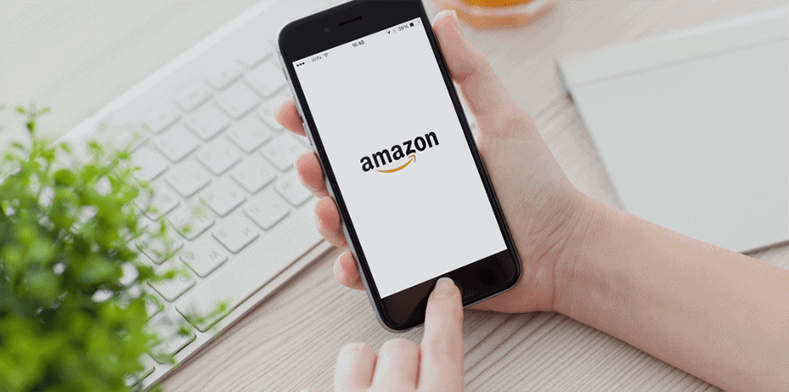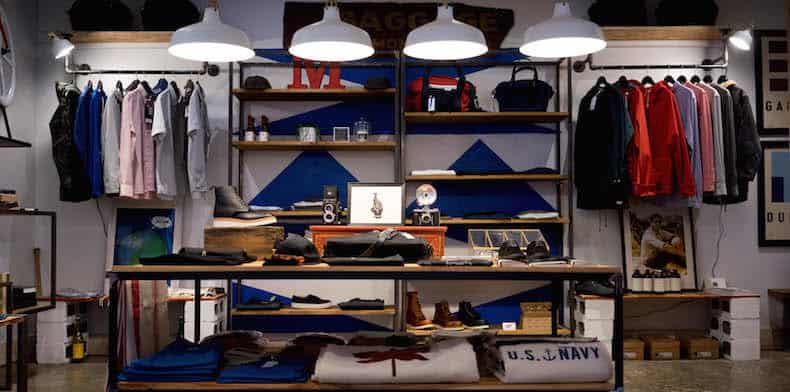‘CRaP’ aka ‘Can’t Realize a Profit’ was once just an internal label within giant ecommerce corporation, Amazon. However, as per most Amazon news, this label – now fully in the public domain – has majorly hit the headlines of late.
Here, we investigate what constitutes a ‘CRaP’ product, what this really means for brands and retailers, and how you can prevent your items from winding up on Amazon’s ‘naughty list’.
What is ‘CRaP’ and what does it mean for you?
‘CRaP’ stands for ‘Can’t Realize a Profit’ and usually refers to those items that are sold on Amazon for less than $15, yet they are expensive to ship due to being heavy and / or bulky.
Amazon are clamping down on products with this label, claiming they will limit promotions of these items across the platform. Amazon are also calling for a number of high-profile brands, vendors and manufacturers to change how they package items, or they will cease to stock and ship them from Amazon fulfillment centers.
Ultimately, if you’re found guilty of selling these items on the popular marketplace, then you are likely to see a significant decrease in Amazon sales this year and into next.
Most sources state that products like snacks and drinks are most at risk of receiving this less-than-glamorous title from Amazon. However, this could also happen to many consumable products, including stationery and office supplies, as well as baby products and toiletries. Low cost-to-weight ratio items may even include cheap furniture, which means this issue is more widespread than perhaps first thought.
And it’s not just heavy or bulky items that are at risk. Any item is at risk if there’s too much inventory in Amazon’s warehouse for that product. Digital Commerce 360 agrees: “It’s around anything that’s driving Amazon to have to mark the product down a lot. It’s not price matching anyone, it’s just lowering the price because they have too much inventory.”
How to avoid Amazon’s ‘naughty list’
Advice around avoiding Amazon’s ‘naughty list’ can be split into three categories:
- Product
- Pricing
- Process
#1. Product
Many retailers won’t have much power over the product itself, however, brands and manufacturers do. Experts are calling for manufacturers to seriously reconsider their products and associated packaging. Anything that can be done to reduce weight, wastage and bulk, such as bundling items up with more cost efficient items, drastically reducing the amount of extra packaging used, or even taking advantage of Amazon’s Pantry program should help.
In a recent interview, former long-standing Amazon.ca leader, Andrea Leigh, says: “What I’ve seen some more innovative brands do is come up with a slightly differentiated product and sell that one on Amazon and sell [other marketplaces] a different one. You see it a lot in kitchen appliances. It has to actually be a SKU with different bells and whistles, or at least slightly different bells and whistles. Then have one [on some marketplaces] and have one at Amazon. Amazon doesn’t have to match because it’s not really the same product and customers can see it’s not the same product.”
#2. Pricing
Now is as good a time as any to evaluate profit margins on your products. To do this effectively, you will need to know the true costs – in other words, the landed costs – of your products across all your sales channels and online marketplaces.
Landed costs are all of the costs associated with importing goods, but not the cost of actually buying the goods from your supplier, such as:
- Hiring a shipping container
- The cost of travelling the container by land, air or sea
- Insuring the goods during transit
- Duties payable to get the goods into the destination country
- Taxes payable when bringing the goods into the destination country
You can learn more about landed costs and how Brightpearl accurately accounts for them in this special blog post.
As an added precaution, many experts are calling for Amazon merchants to get a better handle on who is selling the same products and enforce a Minimum Advertised Price (MAP) policy. This prevents other sellers (including Amazon themselves) from undercutting your prices, resulting in higher profitability and items that are less likely to turn up on Amazon’s ‘CRaP’ list due to cost efficiency alone.
Pamela Springer, CEO of ORIS Intelligence, says: “To help with this growing channel complexity, brands are embracing a MAP policy. Authorized sellers agree to the policy and in return, the brand agrees to enforce their pricing. As a result, the margin is preserved for the seller while unauthorized sellers are taken out of the commission paradigm. The enforcement of MAP is good news for all involved.”
#3. Process
The final (and perhaps most important) cog in the wheel is process.
As we all know, when it comes to Amazon, both efficiency and accuracy are key. From knowing how much inventory you’ve already sent to Amazon’s warehouse, to how well your items are selling on the marketplace, to automating order fulfillment to reduce your time to ship, to successfully handling thousands of orders per hour, achieving an efficient organization becomes easy when you’ve got the right systems in place.
Furthermore, Andrea Leigh also says: “The most effective brands on Amazon that I’ve worked with are ones that have a cross-functional team assigned to Amazon. Maybe not full-time, but they’ve got somebody from product development, someone from sales, someone from operations all working together on the Amazon account. The brands that I see really struggle are the ones where the sales team that’s working with Amazon has no connection whatsoever to product development. They can’t go back and rejigger pack sizes or anything like that, and that’s just not setting your team up for success.”
By focusing on making the core of your operations efficient, you’ll significantly free up staff and resource time in order to implement an Amazon team within your business… or simply free them up to spend more time on other forms of sales and marketing to grow your business beyond the Amazon marketplace.
And if all else fails, you may need to consider fulfilling Amazon orders yourself in future, which means you’ll need retail operations technology and efficient processes in place so that you can remain competitive.
Don’t panic!
Many Brightpearl customers are fulfilling Amazon orders themselves and still remain competitive. Here’s just some of what our merchants have achieved:
- 24 hour delivery (100% of merchants shipping over 10k orders per year)
- Same or next day invoicing (100% of merchants shipping over 10k orders per year)
- 26.8% growth in Amazon order volume (in 2017 versus 2016)
- Orders with defects are typically under 0.2% on average – significantly better than the 2.5% Amazon target!
“With the help of Brightpearl, we’ve grown over 34% and do 90% of our sales through Amazon. Now that we’re operationally stable, our focus is to grow the business even further.”
– Justin Essler, General Manager, Giantnerd
Conclusion
Despite the headlines declaring woe for all retailers that are at risk of having their products labeled as ‘CRaP’, there are ways to mitigate and in some cases, resolve these issues completely. It’s all about having the right technology and know-how in place, which is where we come in. To find out more about our Amazon integration, take a look at this dedicated webpage, or simply give us a call.





